-
Posts
359 -
Joined
-
Last visited
Content Type
Profiles
Forums
Gallery
Downloads
Blogs
Events
Store
Aircraft
Resources
Tutorials
Articles
Classifieds
Movies
Books
Community Map
Quizzes
Posts posted by aj_richo
-
-
40kts cruise... that's obscene! lol
-
 1
1
-
-
NPT threaded fittings require sealing, ain't no other way around it.
I haven't experienced any issues with Teflon paste
-
So what you're saying is, don't fly when the ambient temperature is 45-47C, especially after the plane has been standing on the runway between the morning & afternoon for who knows how long....?
-
-
 3
3
-
-
Bruce, re fuel pressure issues with the CAMIT engine.
There is quite a bit of discussion on the Yahoo Jabiru and Camit Aircraft engines group.
I would contact CAMIT in the first instance based on Ian's findings into similar problems.
Here is Ian Bent's response, there are about 50 messages in the thread (not sure if you have to join group to view )
https://groups.yahoo.com/neo/groups/JabCamit/conversations/messages/454
"The fuel pump issue is developing into a root-cause issue which needs to be fully understood.
We could easily just fit a stronger spring which “may” work most of the time.
The starting point has been that the CAE spring outputs 2-2.5 PSI during dyno testing where the pump is raising fuel from a small tank positioned below the pump (on the floor, outside the test-cell to prevent siphoning –fires)
The fuel supply line is as long and small as in any recreational aircraft. Why is a stronger spring required?
We’re finding significant problems with aircraft installations. Free flows (no electric pump) as low as 12LPH (3.1GPH) have been found in an installation where the engine needed at least 40 LPH at full throttle. The difference between the two means that there will be a reduced pressure at the pump inlet which will reduce the efficiency of the mechanical pump. Apart from the potential for partial leaning at high power settings, this will also affect the fuel vaporisation characteristics of the fuel (more so with unleaded).
Using an emergency pump to conduct a fuel flow test may not be an appropriate procedure as the emergency pump is not used at all times by all pilots. It should be considered as part of a separate, redundant system.
The mechanical pump is usually less efficient due to positioning (drawing instead of pushing fuel) so the test should make sure the mechanical pump is able to supply enough fuel “plus a margin” to allow for system degradation between annuals.
There are a lot more factors to be considered here such as, added fuel system components(fuel flow sensors), non-serviceable tank finger filters, aged fuel, tank linings, alcohol, etc. so the problem is how best to adequately test the fuel system in a simple manner. We will be able to supply stronger springs in app 1 week which seems to solve the apparent problem in some installations, but I don’t see this as a first option. The plan at the moment is to make sure that fuel systems are able to be appropriately tested before making changes which don’t necessarily address the root cause issue.
Ian
CAMit "
-
 1
1
-
 1
1
-
 1
1
-
-
Red.. that last paragraph refers to an F15 crash in early October 2014 where the crew member survived.the atricle it refers to a F15. It also says there was one fatality, but the pilot ejected safely and no-one on the ground was injured. -
Matt won the final race, but was pipped for the championship by Paul Bonhomme.
Well done Matt!
Bring on 2016!
http://www.theherald.com.au/story/3431006/matt-hall-wins-red-bull-air-race-in-las-vegas/
-
Excellent, another easy fuel stop is always appreciated here in SA!
-
..or its a Cosmic thing..
-
 2
2
-
 1
1
-
-
Some great personal stories and reflections from these guys, good find FT
-
Mine is 1601
Joined 1988.. I think lol
-
With a properly designed solid or flexible linkage, the servo could be mounted in the stabiliser or wing, reducing the weight out on the end of the control surface..
The Sonex plans already have a trim tab for the elevator, wouldn't be too hard to add one on an aileron for roll control.
The weight savings would be substantial over the Dynon servos I was contemplating
-
 1
1
-
-
Sunday flight from Callington to Kingston in SA , along the Lower Lakes and Coorong.
Very pleasant conditions coastal at 2000-2500 ft.
Stopped for a bite to eat at Kingston after a 10 minute walk to nearest roadhouse.
Visibility was so good, on the return journey I could see all the way around the Fleurieu Peninsula to Kangaroo Island from about half way along the Coorong.
On the return flight called into Goolwa for refuel/defuel, before heading back to Callington, finally packing away the Sonex mid afternoon.
-
 6
6
-
-
For a given size jet, I thought increasing oil amount in the mix would reduce amount of fuel... making it leaner?Extra oil in the mix will give it a rich mixture throughout.( makes it little sluggish)-
 1
1
-
-
That was enlightening DJ.. especially the test flying paragraphs at the end relating to rudder problems, stalling and mishandling behaviours.. no mention of "environmental" factors either
-
"Unless you are prepared to accept a penalty of $11,780 per landing (business) or $2,356 (private) do not even think about Hazelton except for a genuine emergency"
Geez, have they got inspectors stationed at either end of the runway during daylight hours?
Using LH and RH circuits would avoid the built up areas quite nicely?
-
Ok got it.. beware clouds over mountains..
-
July\August 15 issue. Some good points to ponder, also one wonders why there was a passenger aboard for the beach take-off.
-
 3
3
-
-
The R series spec sheet says they run 10.5:1 compression and can use 93\100\100LL fuels
These guys make a product that is basically 100LL with no TEL, and mention 91 Octane = 94MON
https://swiftfuels.com/fuel/unleaded-94-mon-avgas/
I don't pretend to understand it either, but the R series spec sheet does not mention auto fuels
-
 1
1
-
-
Another easy one to eliminate, check the rotor button carbon post up in each of the distributor caps are not sticking or have plastic welding them over.
I had an intermittent miss due to this problem, more prevalent in cruise but did happen at full power.
-
I think Jim's machine is a FEW Mustang, not a Titan.
-
 1
1
-
-
Skynet drone prototype..

-
 2
2
-
-
Definitely a Rotax Cherk
-
 1
1
-
-
Makes you wonder if there would have been less damage with flaps retracted and a flatter approach, albeit faster of course.
-
 2
2
-


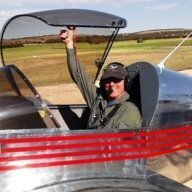
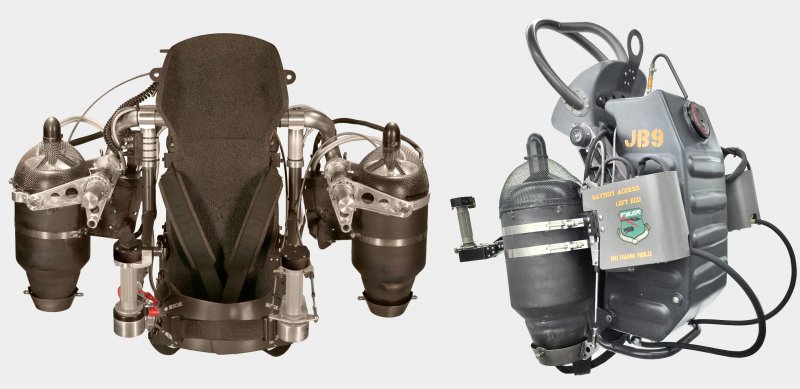
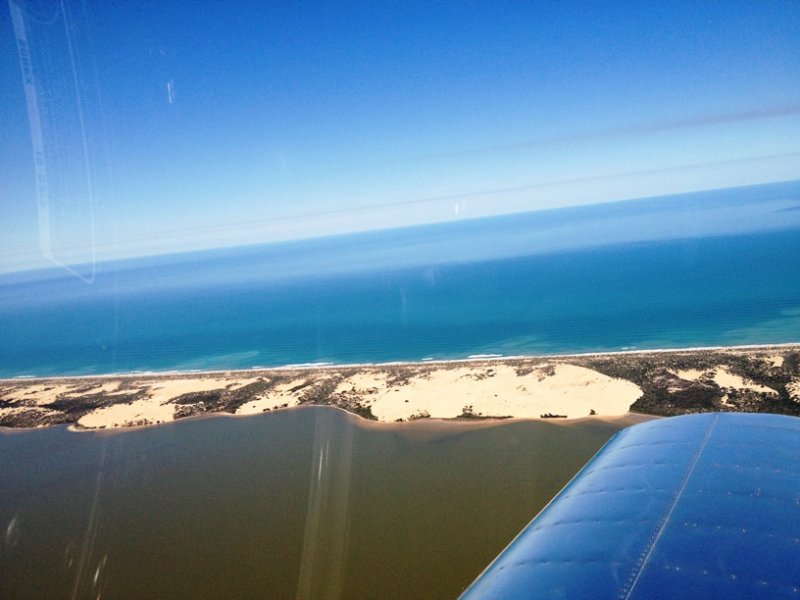
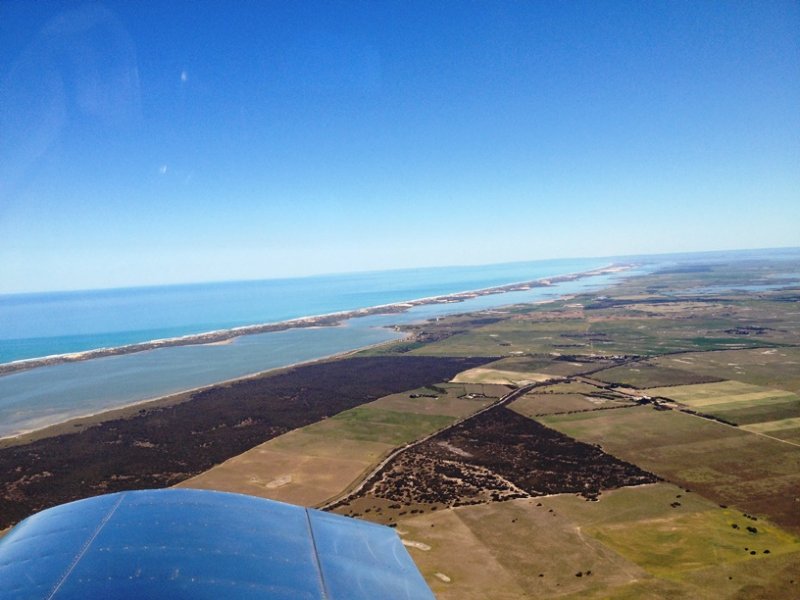
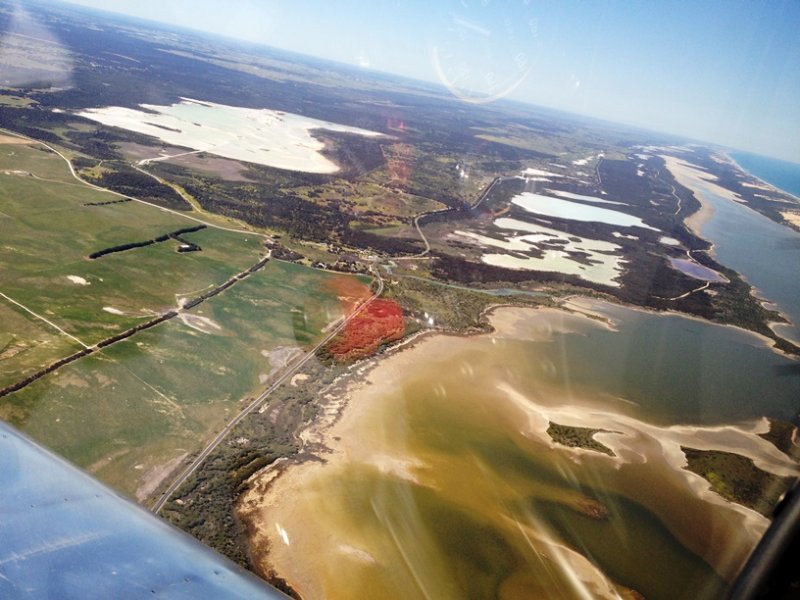
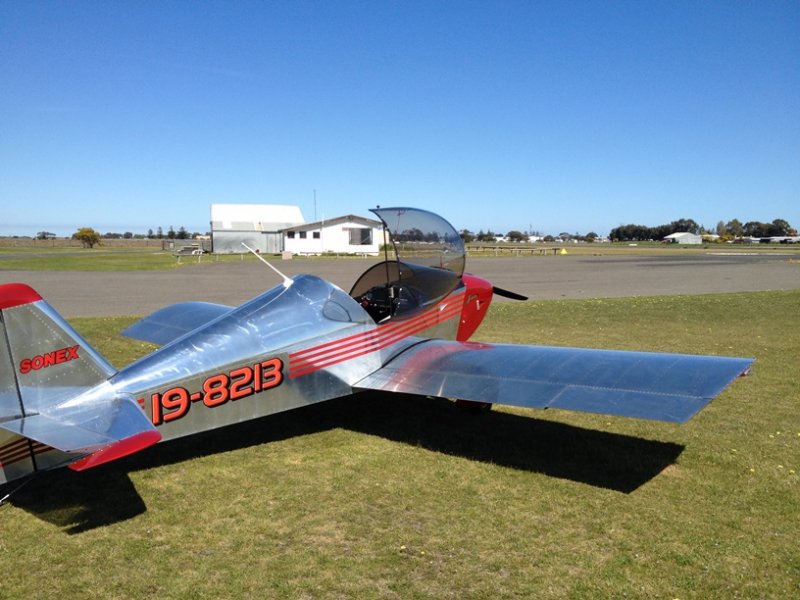
Engine Leak Tester
in Engines and Props
Posted
I bought one of the eBay types a while back, my advice - don't bother as it is unusable